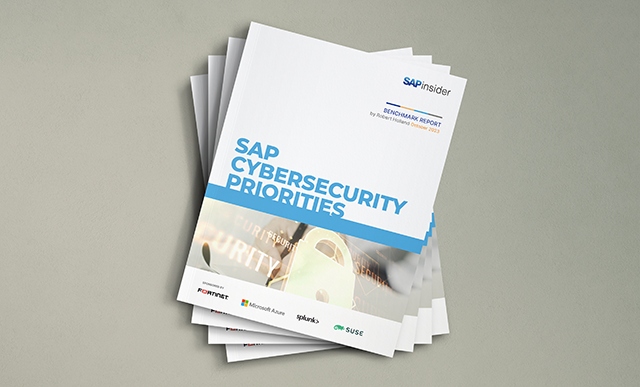SAP Signavio AI Agent Mining Addresses Invisible Autonomy Risk
Meet the Authors
Key Takeaways
Invisible autonomy poses a tangible risk for organizations adopting AI agents, potentially disrupting processes in unnoticed ways. SAP Signavio provides oversight to monitor AI agent behavior and mitigate these risks.
AI agent mining delivers clear business value by enabling users to assess efficiency, cost, and performance, ensuring alignment with enterprise goals.
SAP Signavio enhances visibility across SAP environments, strengthening governance and identifying process gaps that affect both human and AI-driven workflows.
SAP customers are rapidly incorporating AI agents into their business processes. While these agents help automate routine tasks and support decision-making, they also introduce new risks that can be difficult to detect.
An AI agent could, for example, approve a vendor payment outside of a policy limit without oversight, creating a problem for finance. Another AI agent might prioritize a low-margin product for manufacturing in an unexpected way, leading to a production bottleneck.
These are examples of “invisible autonomy” risks. They are risks that emerge when AI agents act autonomously in the absence of strong oversight.
Explore related questions
Managing the Invisible Autonomy of AI Agents
SAP Signavio, which provides Business Process Intelligence capabilities in SAP’s Business Transformation Management portfolio, has addressed these risks through a new AI agent mining capability, which grants IT leaders and other stakeholders greater oversight into the behavior of AI agents across their systems.
The new AI agent mining capability enables users to track agent behavior, analyze their impact, monitor cost efficiency, and benchmark overall performance. In this way, it serves as an additional intelligence layer for users to manage their AI workforce, ensuring that AI agents work within scope, authorized data, and defined rules.
The capability is a leap forward for businesses looking to deploy AI agents at scale.
Dr. Gero Decker, SAP Signavio general manager, said, “We are preparing for the future by focusing on the organizational and process dimensions of agentic AI adoption.” He added that SAP Signavio “aims to ensure that AI agents are integrated seamlessly, efficiently, and compliantly into the broader enterprise.”
Process Intelligence, Process Insights Promise Greater Visibility
SAP Signavio also released new capabilities for Process Intelligence, its collaborative process solution, and Process Insights, its cloud-based data solution.
On SAP Signavio Process Intelligence, an AI-Assisted Process Analyzer allows users to ask natural-language questions for immediate answers (“text-to-insights”) and visualizations that are transformed into widgets (“text‑to‑widget”).
In a release note, Jelisaveta Nikolic, product and topic officer at SAP, wrote that “this release also delivers seamless, large-scale data replication via SAP Datasphere, enabling direct, reliable, and continuous extraction of process-relevant data from SAP ERP systems.”
Further, SAP Signavio made Variant Explore, a popular widget on Process Intelligence, available on Process Insights, which allows users to visualize process execution paths. It also introduced a new benchmark pop-up view for Process Insights users to quickly see whether their KPIs have external benchmarks.
What this Means for SAPinsiders
- Invisible autonomy poses a tangible risk for organizations adopting AI agents. While these agents accelerate routine work and surface valuable insights, their autonomy can also disrupt processes in ways that go unnoticed. SAP Signavio equips SAP teams with the oversight needed to monitor agent behavior and address risks before they escalate.
- AI agent mining can deliver clear business value. By giving end users the ability to assess efficiency, cost, and performance, AI agent mining helps ensure that AI agents stay aligned with enterprise goals and deliver the ROI required for wider deployment.
- SAP Signavio is expanding visibility across SAP environments. That added visibility strengthens governance, highlights process gaps that impact both human- and AI-driven work, and offers a deeper understanding of how processes run across SAP landscapes.





